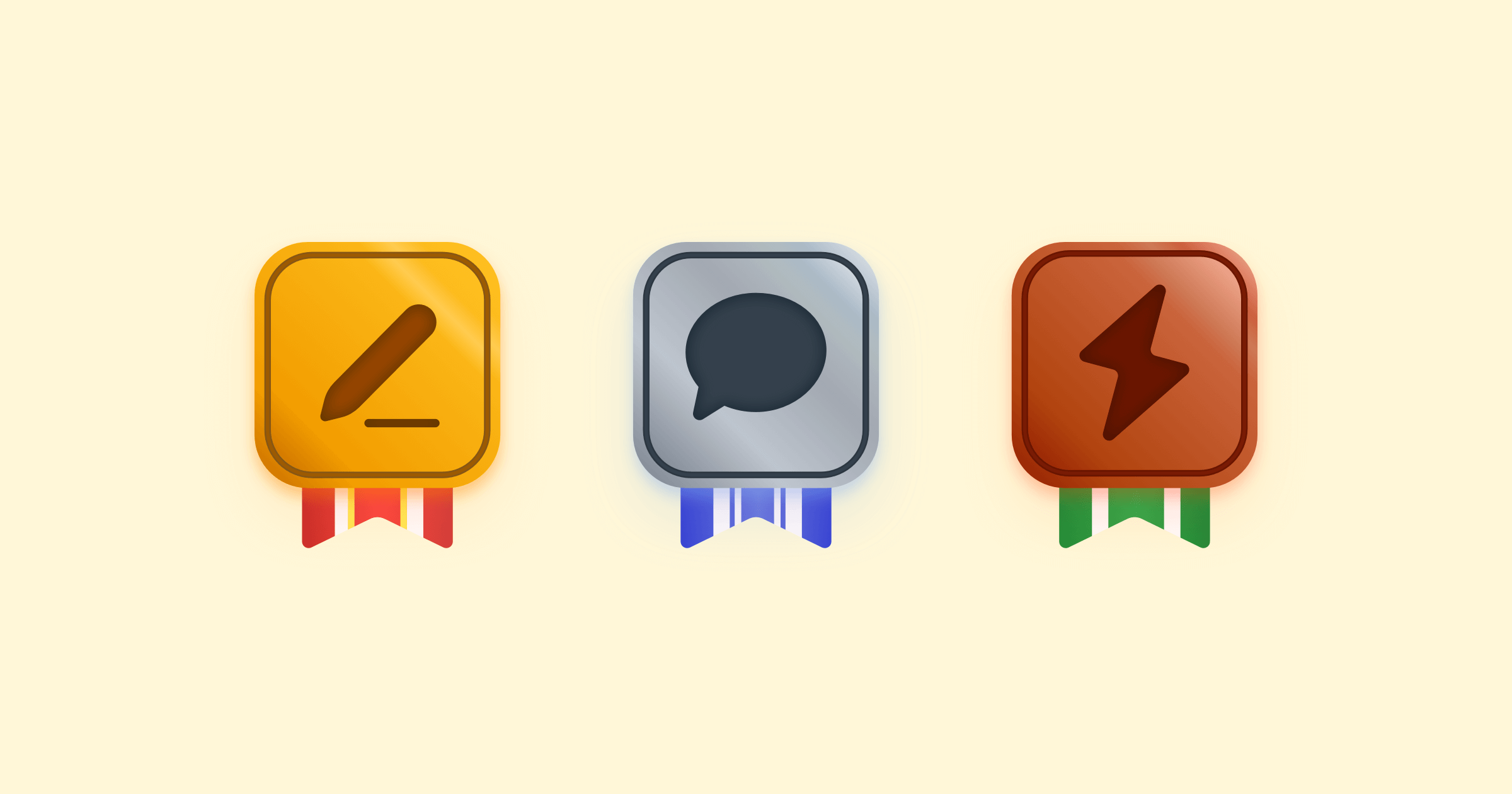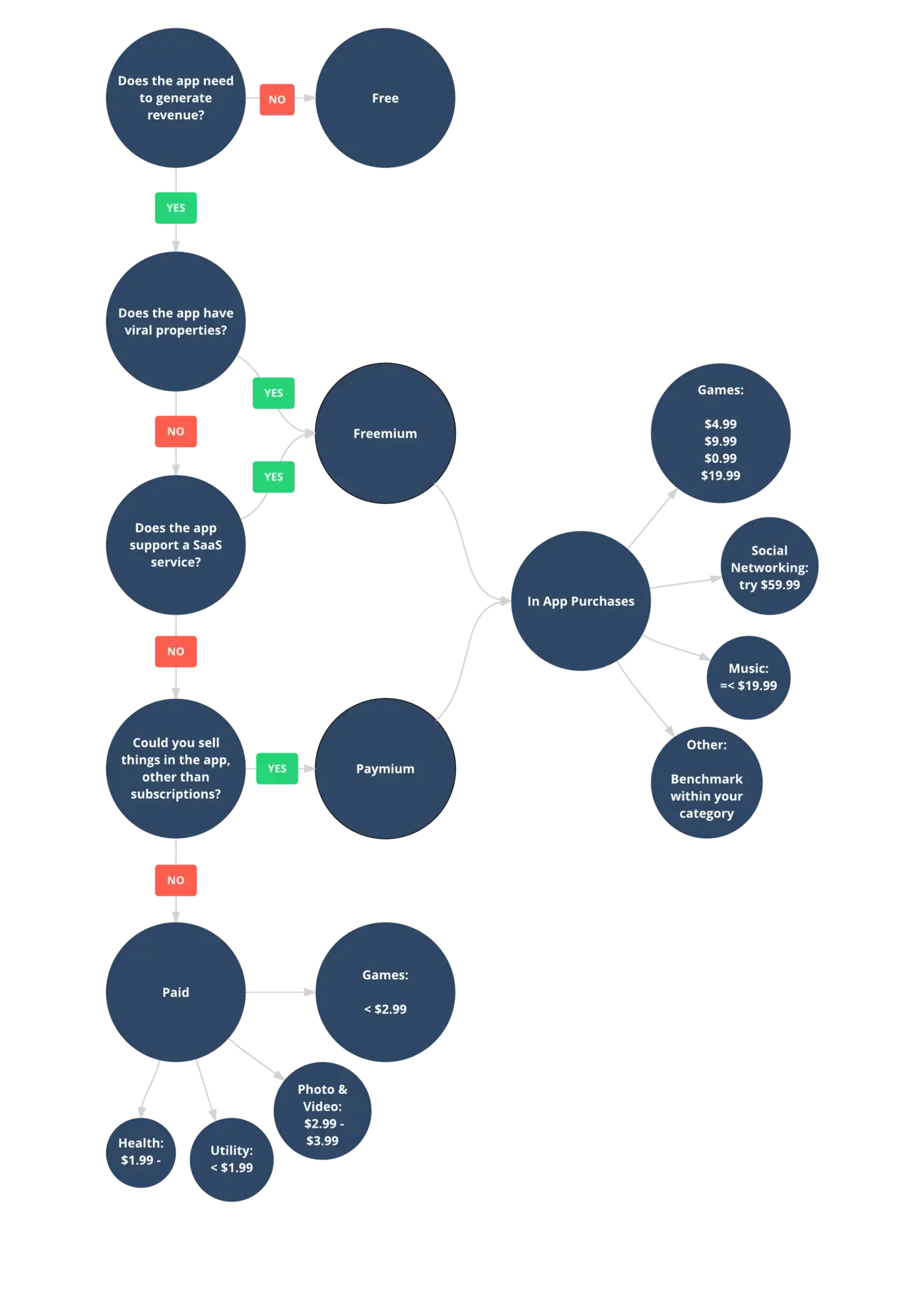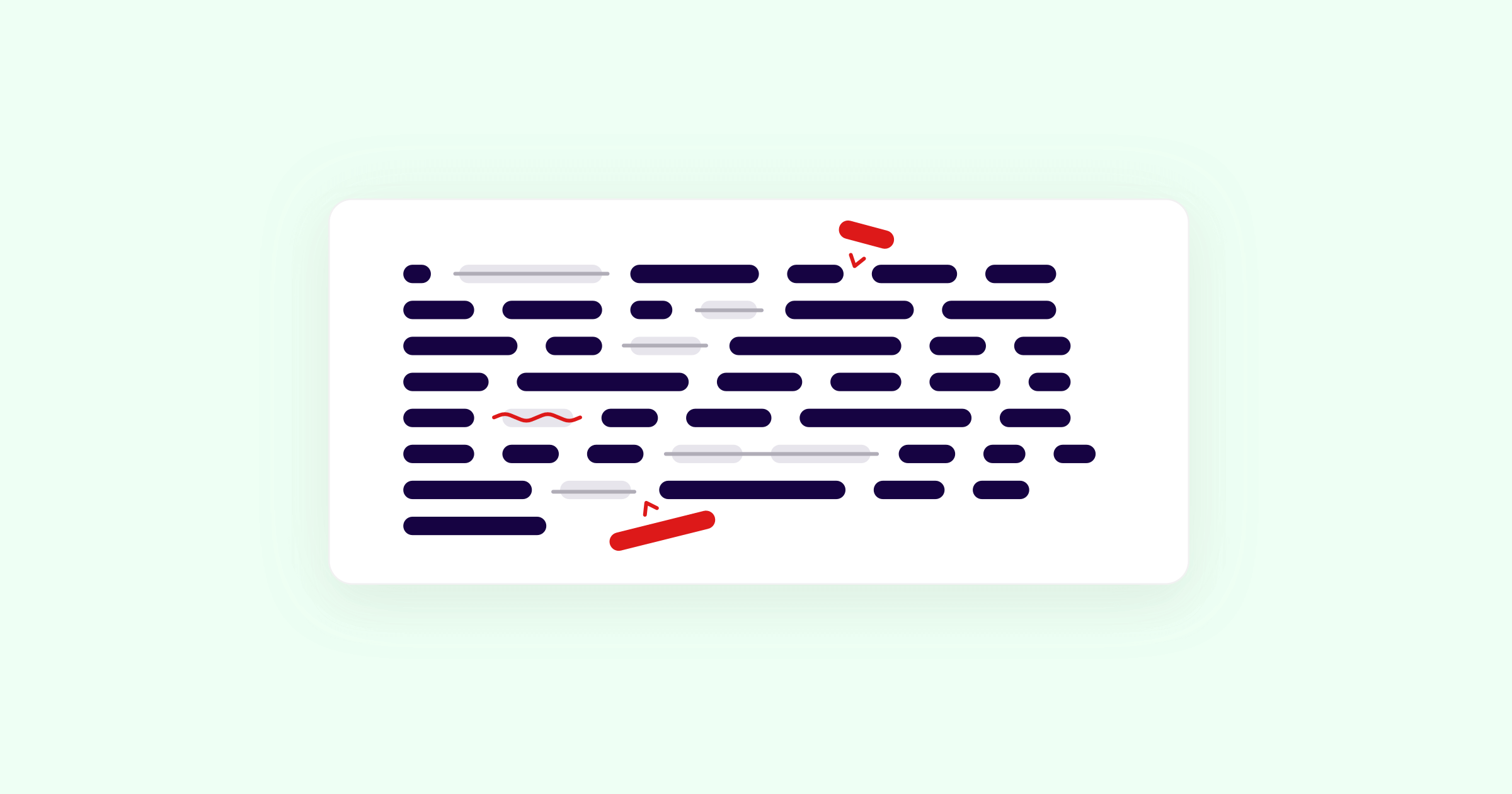Want a top grossing app? Here's the pricing recipe.
Published 31st March, 2016 by Claire McGregor Even the best products fail if the price isn't right. Whilst pricing isn't the only thing that determines how your app performs, it can have a huge impact. The more competition there is, the more important pricing becomes.
Even the best products fail if the price isn't right. Whilst pricing isn't the only thing that determines how your app performs, it can have a huge impact. The more competition there is, the more important pricing becomes. In this overview you'll learn:
Check out the review monitoring tool trusted by top-grossing apps
Join over 25% of the Fortune 100 and 35% of the top charting app developers using Appbot.
Try Appbot free now, no credit card needed →I've often found pricing products really tricky, but over time I've come to see patterns in what works and what doesn't. I've put my anecdotal theories to the test by analyzing data from over 500 apps in the US App Store and this is the result.
For new apps or apps that are under-performing the decision tree below helps me figure out:
- the pricing model that's most likely to work and
- reasonable price points for the app itself (if paid), and in-app purchases.

A few notes about the tree:
What kinds of apps don't need to generate revenue?
There are many examples of apps across different industries that have no need for a revenue stream. They all have one thing in common: they support another product outside the app itself. Think health insurance and banking apps, apps for home automation products, TV remote control apps, public transport apps.
The word “viral”
It's such a contentious term, so I'll briefly explain what I mean. Apps with viral properties are apps where the user gets better value from the app if they share it with others. Think VOIP apps like Viber, or tools that make sharing easier like Dropbox.
Apps that support SaaS products
Software-as-a-Service (SaaS) products often have an app to make it easy for users to access the service on mobile. SaaS products are usually offered on a subscription basis, so it doesn't make sense to make the app a paid download - users are already paying for it. To maximize your funnel, it generally makes sense to offer subscriptions in the app as in-app purchases.
The price points
All the prices I've pointed to above are derived from real data from the App Store, and are intended as benchmarks.
If you want the full low-down, all the juicy details behind the recipe are in a free ebook I wrote called Priced Right. You can grab a copy here :)
There are a bunch of other factors that determine the success of an app like how discoverable it is in the app stores, whether people want or need it, whether you buy downloads and so forth. At Appbot we spend a lot of time working with customers to help make their apps more successful, so we've written books about these other factors too. If you enjoyed this article you might like to check them out here.
Check out the review monitoring tool trusted by top-grossing apps
Join over 25% of the Fortune 100 and 35% of the top charting app developers using Appbot.
Try Appbot free now, no credit card needed →Where to from here?
- Learn effective strategies to manage reviews and improve app performance with our manage reviews features.
- Dive into the world of addictive apps and discover how to create captivating experiences.
- Enhance your app's reputation by crafting impactful responses to App Store reviews using our Reply to App Store Reviews tool.
- Supercharge your app's capabilities with Appbot's App Store Reviews API and unlock valuable insights for growth and optimization.
About The Author

Claire is the Co-founder & Co-CEO of Appbot. Claire has been a product manager and marketer of digital products, from mobile apps to e-commerce sites and SaaS products for the past 15 years. She's led marketing teams to build multi-million dollar revenues and is passionate about growth and conversion optimization. Claire loves to work directly with the world's top app companies delivering tools to help them improve their apps. You can connect with her on LinkedIn.
Enjoying the read? You may also like these
 Writing a great app store description - Tips & examples
Writing a great app store description - Tips & examples A potential customer has liked your icon enough to tap through, they've checked out your screenshots and are still interested, until they come to your drab App Store description.
Appbot is leveraging next generation AI to offer even more powerful, personalized and time-saving features for managing app reviews. We're working with Chat GPT and others to ensure our customers remain at the forefront of the adoption curve, and stay ahead of their competitors.
Excellence in app store review management is key when it comes to making apps more useful, beautiful & profitable. See our tips to manage reviews effectively.
Are App Store subscriptions better than one-off in-app purchases? Read about our subscription pricing experiments to the first $1k in MRR.


